
Ansys 2023 R1 software can be downloaded from the Ansys Customer Portal.
If you need assistance with downloading or installing Ansys 2023 R1, please contact us at (724) 544-0393 or technical.support@aopds.com.
Learn more about Ansys 2023 R1 by
- viewing the information below
- visiting the official Ansys 2023 R1 website
- downloading the Ansys 2023 R1 capabilities chart
- joining one or more of the upcoming webinars.
Platform-Powered Performance
The latest release empowers users to run large jobs and overcome hardware capacity limitations with high-performance computing (HPC). Enhanced solver algorithms that take advantage of HPC, cloud, and powerful graphical processing units (GPUs) with consumption management provided by comprehensive usage reports.
Workflow-Enabled Collaboration
Ansys 2023 R1 brings together new collaboration capabilities with online design sharing and workflow integration that equip fast-moving organizations with the power to focus on real-world product performance. The new workflow builds on materials intelligence, simulation process and data management (SPDM), optimization, digital mission engineering, and model-based systems engineering (MBSE) capabilities. These capabilities amplify the benefits of simulation by improving engineering efficiency, supporting collaboration, and accelerating innovation.
Insight-Driven Innovations
The advanced new functionality enables engineers to magnify their success with greater precision and more capabilities across industries. From multiscale to multiphysics, engineering challenges that seemed enormous become manageable thanks to advances in 2023 R1 technologies.

3D Design with Discovery
Ansys 2023 R1 expands Discovery’s astonishing Live physics, innovative user experience, and powerful modeling tools making it a critical piece of the Ansys digital simulation thread and the best place to start simulation for every engineer and analyst. Breakthrough accuracy improvements in Live structural physics increase confidence and reduce GPU memory requirements for thin structures. Subdivision geometry modeling provides an entirely new way to create and edit complex parts making “what-if” changes possible for any CAD including topology optimization results.
Lastly, added physics features improve productivity and fidelity for structure analysis, antenna ideation, rotating devices, and electronics cooling applications while maintaining a seamless connection to the Ansys product portfolio for more advanced studies.
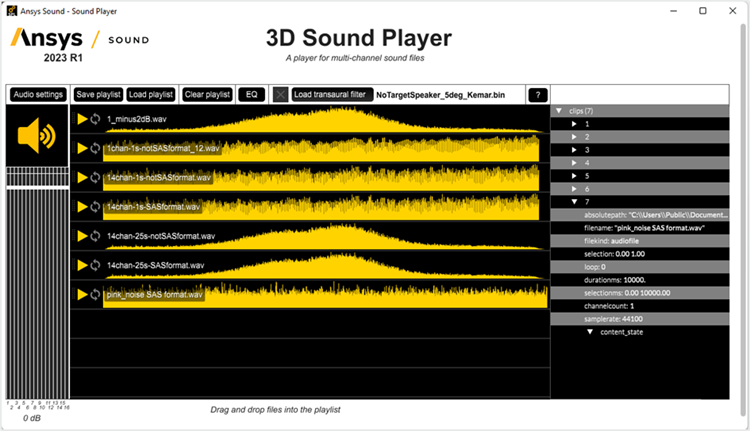
Acoustics Simulations
In 2023 R1, new product features for Ansys Sound include:
A new feature available within the SAS (Sound Analysis & Specification) module allows users to assess vibration data as well as acoustic data. Converting vibration data to velocity data to displacement data and vice-versa into signal, spectrum and spectogram allows users to make the link between vibration data and acoustics.
Within the VRS (Virtual Reality Sound) module, multiple 3D soundtracks can now be played on multiple loudspeaker systems, including an equalizer feature to tune the sound rendering according to the environment/rooms the loudspeakers are in.
In the ASDforEV (Active Sound Design for Electric Vehicles) module, a new granular sound synthesis technique offers infinite ways to generate interactive sounds controlled in real-time by CAN-Bus driving parameters.
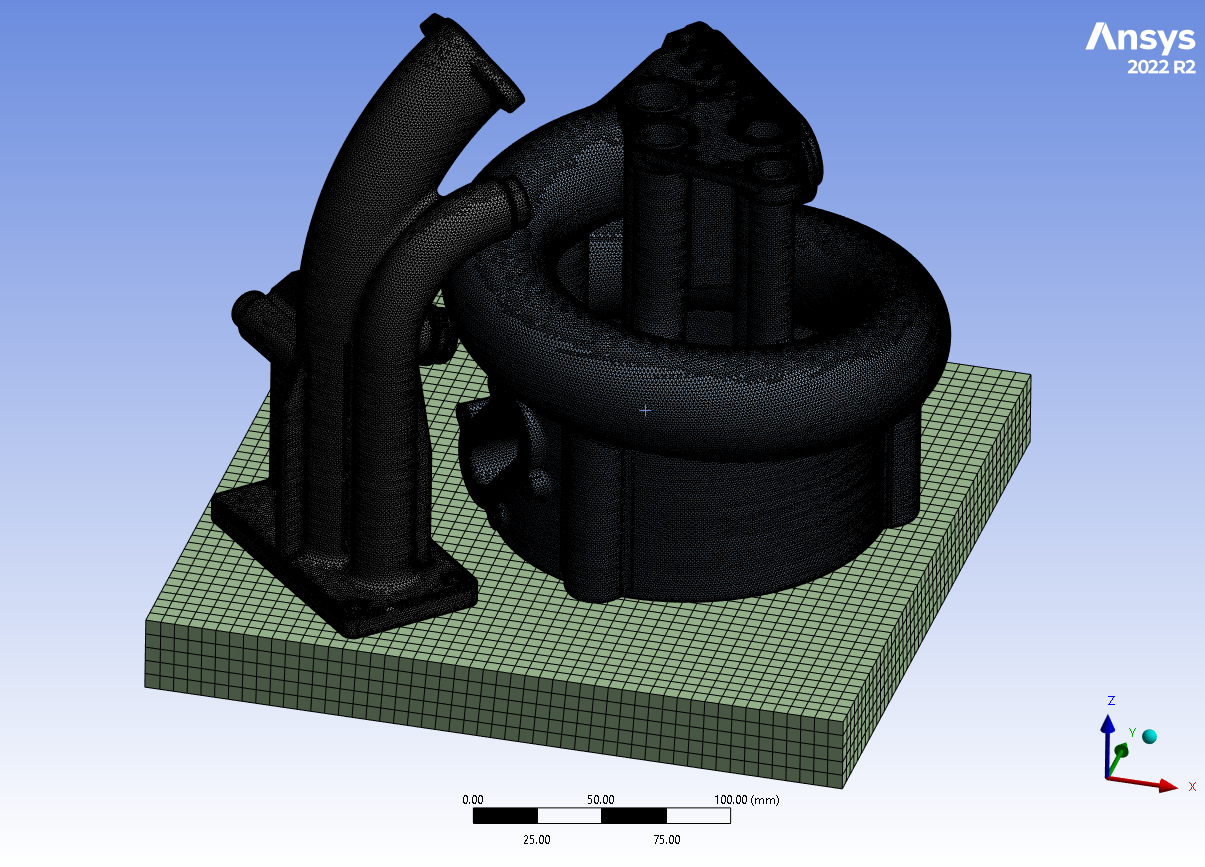
Additive Manufacturing
An enhanced and automated Distortion Compensation wizard within Ansys Mechanical reduces setup time by 50% by eliminating time-consuming manual processes for optimized geometry to print for metal AM. An optimized loop removes the need to manually run iterations, by enabling users to set tolerance ranges which allows the algorithm to provide an optimize geometry
Increase the fidelity of simulations by simulating the exact laser paths used for Laser Powderbed Fusion (LPBF) with the integration of the Build File Reader into Mechanical. Loading the exact scan paths enhance print success and process understanding, by removing the need to ignore anisotropic deformation of a part or estimate a generic laser path.
Simplify the calibration process for anisotropic simulations using the new Scan Pattern-based Calibration Wizard in Mechanical. Leverage the increased fidelity with Scan Pattern and Build File-based simulations without increasing the manual effort to establish valid calibration criteria.

Autonomous Vehicle Simulation
With 2023 R1 release, Ansys continues to make valuable enhancements to our AVxcelerate Sensors product offering. The innovations introduced in this release not only enhance the capabilities of AVxcelerate on a fundamental level but also help to streamline the entire user experience from start to finish. Enhancements made on all four fronts – pre & post processing phase, sensor V&V (radar & lidar), backend processing platform and seamless ecosystem integration into a third-party driving simulator like IPG CarMaker – together contribute to a well-rounded, simplified and streamlined user experience.

Connect
Ansys 2023 R1 builds on the capabilities of materials, SPDM, optimization and MBSE to amplify the benefit to simulation by improving engineering efficiency, supporting collaboration, and accelerating innovation. The Ansys Connect collection boasts UX improvements, new integrations, and ease-of-use features to connect the latest processes, tools, and data more readily for different engineering teams.

Ansys Cloud
Ansys Cloud Direct now support 2023R1 version of Ansys Mechanical, Fluent, HFSS, SLwave, Icepak, Maxwell, Q3D, LS-DYNA, LST, Discovery, Speos, optiSlang, CFX, Lumerical.
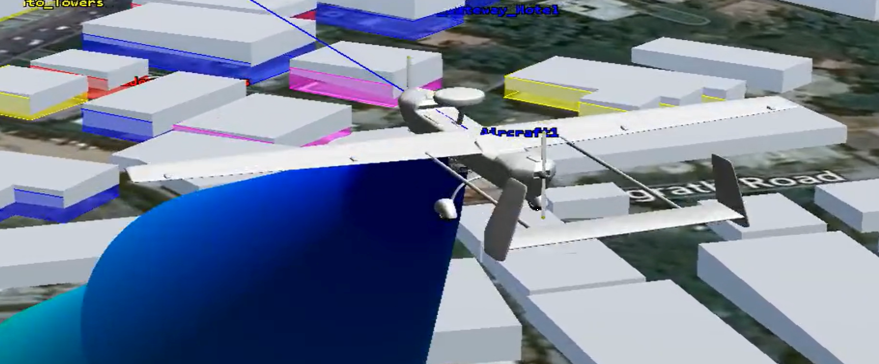
Digital Mission Engineering
The latest release of STK continues to expand and enhance integration across Ansys multiphysics solvers, boosting confidence in early concept system design, improving decision making and improving efficiency of the engineering process. Ansys Fluent and STK’s Aviator capability enables the definition of higher fidelity aircraft trajectories while considering the effects that an aircraft platform geometry may have on the overall aerodynamics and performance capabilities. This release also introduces a radar clutter modeling capability that enables you to define clutter models and evaluate the impact on a radar’s ability to resolve target objects within the modeled environment. In addition, spacecraft trajectory designers using STK’s Astrogator capability can now take advantage of enhanced Python scripting.
The latest release of ODTK supports architectural studies needed for lunar missions and provides tools to properly perform trade studies, what-if analyses, mission design, and mission operations. As commercial and defense initiatives drive activity and expand beyond GEO, cislunar support will increase in importance and make the new cislunar support critical.
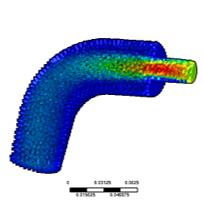
Digital Twin
Ansys continues to innovate and provide our customers with the right technology with the release of Ansys 2023 R1, increasing their digital twin prediction accuracy with Hybrid Analytics innovations available in Ansys Twin Builder. Better user experience for twin deployment thanks to the new performance enhancements in this new release.
Ansys 2023 R1 innovates to provide our customers with Automation, Speed, and Accuracy for Reduced-Order Model creation, allowing for faster simulation and better simulation visualization.
Several improvements to the Solver and Model Library, as well as User Experience, provide Ansys Twin Builder users with improved workflow collaboration.
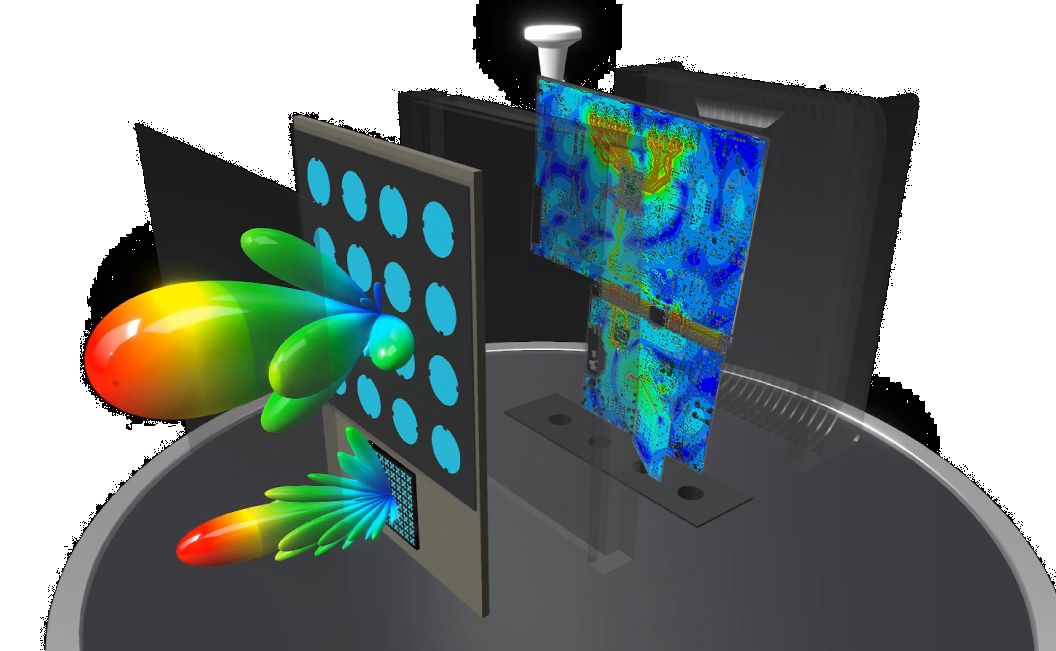
Electronics
With 2023 R1, Ansys Electronics solutions continue to bring best-in-class technologies to address high performance PCB, 3D-IC, EMI/EMC, thermal, cabling, antenna and electromechanical design challenges.
These are overcome with significant advancements in automated workflows, tools integrations, modeling and other leadership-reinforcing capabilities in electromagnetic simulation and computational Multiphysics.
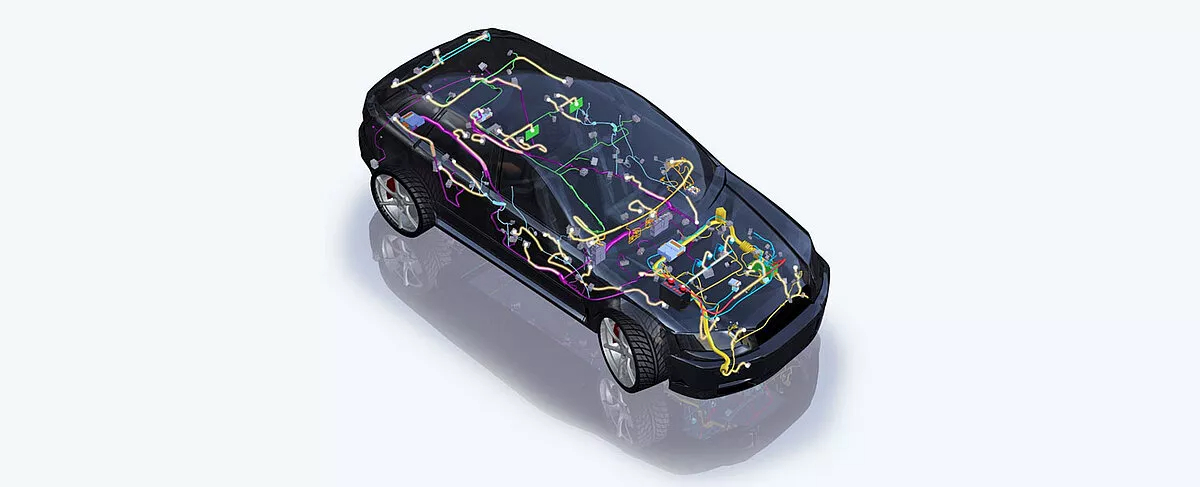
Embedded Software
Ansys 2023 R1 strengthens the interoperability in A&D with ARINC 661, software architecture & FACE, as well as Automotive (AUTOSAR). Cloud availability through Ansys Gateway powered by AWS brings greater flexibility in deploying SCADE products. In addition to that, test generation assistance improvements speed up the software V&V workflow.
Ansys SCADE is now available on Cloud through Ansys Gateway powered by AWS!
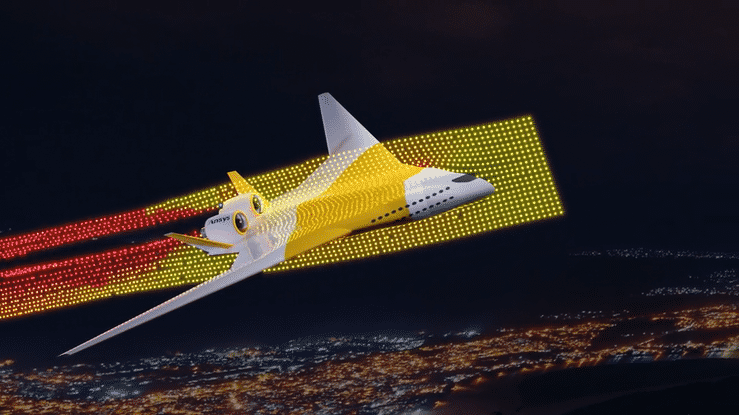
Fluids
In Ansys 2023 R1, the Fluids product line is pushing the envelope of performance, sustainability, and productivity for computational fluids dynamics (CFD) simulations. This release includes major advancement in GPU technology, accurate hydrogen modelling from production to consumption and workflow and automation improvements across the entire product line.
Some highlights include:
- Unleash the power of multiple GPUs for a broad spectrum of applications with the full release of the Fluent multi-GPU solver.
- Address sustainability challenges with accurate hydrogen modelling throughout its value chain.
- Automate workflows and craft customized solutions more efficiently with an embedded PyConsole.
- Improve robustness for all flight regimes with High-Speed Numerics (HNS) in Fluent Aero.
- Automatically create a high-fidelity CAD for an extended set of blade features in TurboGrid.
- More accurate IC engines simulations with Arc Channel Tracking (ACT) spark model in Ansys Forte.
- Ansys Rocky now supports a single DEM-SPH workflow environment and an extended two-way coupling with Fluent in Workbench.

Materials with Granta
Ansys 2023 R1 brings an enhanced UX with efficiency driving features like the new CAD Connector and Material Calibration app to make Granta MI™ the authoritative source of truth for materials. Updates to data and tools in Granta Selector facilitates fast, accurate early-stage design for Proactive Sustainability: now on Ansys Gateway powered by AWS.
Material data is a critical factor in simulation accuracy – Granta offers the latest metals, polymers, PCB and electromagnetic absorbing materials that support accurate physics simulation across automotive, 5G and high-tech applications.

Optics with SPEOS
Ansys Speos continues to push the innovation envelope to deliver accurate, high performance simulation capabilities for optics designers. The 2023 R1 release delivers powerful capabilities that speed-time-to-result, improve simulation accuracy, and expand interoperability with other Ansys products.
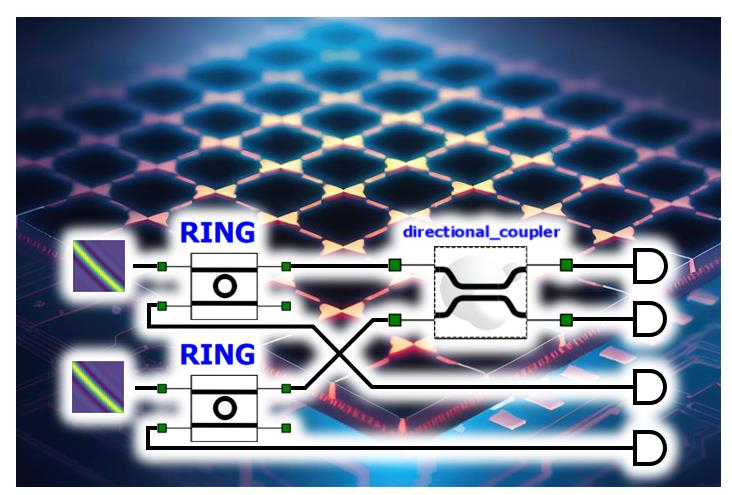
Photonics
The 2023 R1 release of Ansys Lumerical introduces a series of powerful new capabilities to extend usability, accuracy, performance, and functionality across its family of products. Ansys Lumerical is speeding up again, this time by a factor of 5X for electro-optical co-simulation of photonic circuits as well as across the board by the new Ansys Gateway powered by AWS!
Our new Ansys Optics Launcher gives immediate access to our entire optics portfolio of examples and trials. Your favorite FDTD has a new modernized CAD and our powerful RCWA has a new GUI to further speed up and improve your design experience! Designers can tackle complex active device simulations via our new self-consistent charge and quantum well simulation capabilities and leverage seamless new layout-driven workflows for the component design of integrated photonics.
Several improvements for integrated flows with Zemax and Speos further streamline the modeling of nanoscale to macroscale optics for augmented reality, metalens design, and imaging systems.

Safety Analysis
Ansys A&D customers benefit from calculation of MTTF (Mean Time to Failure) and MTBF (Mean Time Between Failures) values in both FTAs and RBDs. Ansys also delivered a beta version of Component Fault Trees (CFT) with integrated component fault tree editing in SysML and quantitative evaluation support.
For Automotive customers, Ansys has extended the HARA risk graph with the ASIL None value, which is an option to set None as ASIL for C0/E0/S0 hazardous events (instead of QM).
Furthermore, Ansys support failure mode IDs enabling auto-counters and easy take-over into FTA events. The new FTA fold-out subtree feature provides an option to stop the tree expansion at a certain level to increase visibility. Acronyms can now be managed in glossaries for consistent usage of terms. We also delivered ALM (requirements) adapter improvements for deletion and diff/merge. Additionally, the M2Doc is available as new report generation technology.
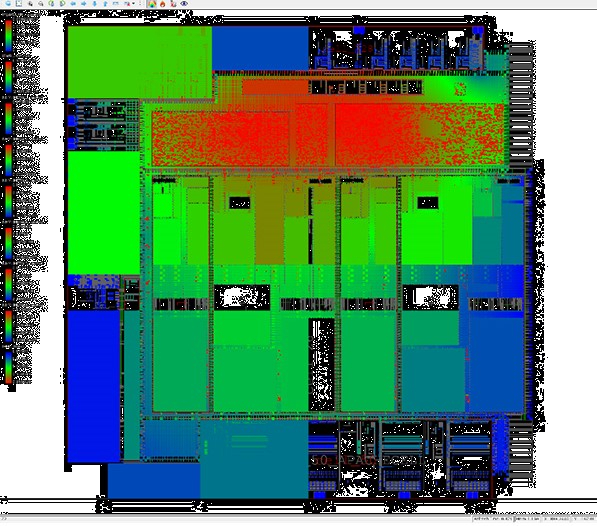
Semiconductors
The Ansys semiconductor family of products continue to deliver major new technology capabilities on open and extensible platforms with significant increases in speed and efficiency. RedHawk-SC delivers breakthrough SigmaDVD™ technology to uniquely improve local dynamic voltage drop coverage and now offers integrated fixing flows with physical implementation tools to greatly simplify the IR-drop closure in a timing-aware fashion. Reduced Order Models (ROM) make the simulation of entire large chips and 2.5D/3D-IC systems with RedHawk-SC Electrothermal a practical reality for power integrity, and are shown to deliver a 4X cost reduction on the cloud.
The open, python-based Ansys SeaScape platform is applied to 2 new products, Totem-SC and PathFinder-SC, uniquely enabling power integrity and reliability analysis of the largest analog and mixed signal designs. Seascape platform is demonstrated working with Ansys optiSLang to optimize power delivery networks in RedHawk-SC.
Both RedHawk-SC and RedHawk-SC Electrothermal are included fin TSMC’s new 3Dblox™ Reference Flow for 2.5D/3D-IC system assembly. Ansys PowerArtist now offers advanced timing-awareness and buffer modeling for improved RTL power predictability early in the design flow.
The 2023 R1 release also delivers faster and more efficient analysis across almost all the products – includinga new thermal analysis flow that uses 2X less memory, 2X faster transient simulation in RedHawk-SC, 2X-4X faster RaptorX modeling on single and multi-CPUs, and 2X faster die+package electromagnetic co-simulation with RaptorX.
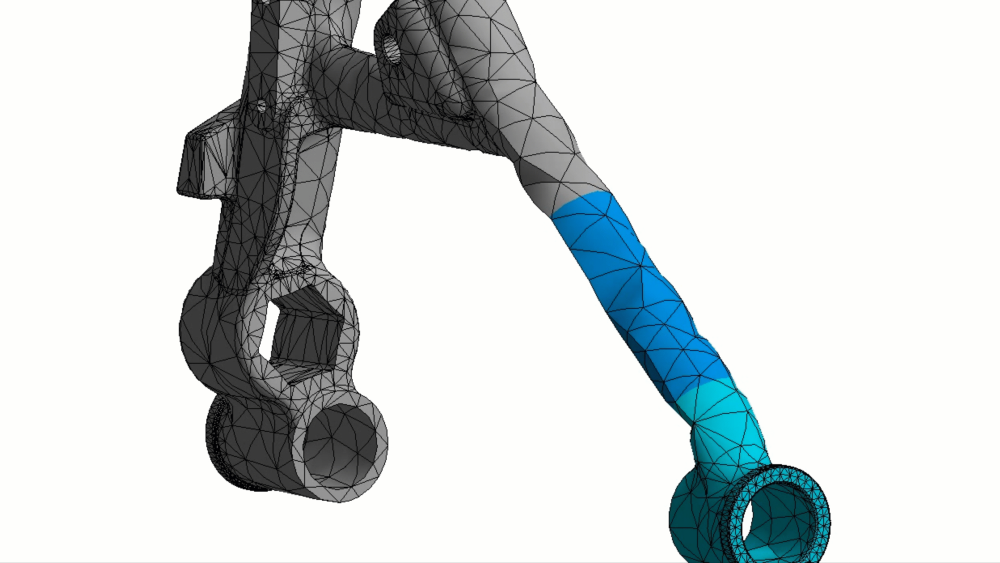
Structures
In 2023 R1, the Structures Product Line delivers new features and capabilities that allow our users to perform more accurate, efficient, and customizable simulation analyses, including:
- An AI/ML Resource Prediction feature to provide estimates on expected solve time and memory usage required to solve an Ansys Mechanical simulation.
- Efficiently modify a CAD model, without losing the associativity of the model’s features after setup, using geometry-based re-associativity with the Scoping Wizard that detects and reestablishes scoping in Mechanical.
- Improvements to LS-DYNA Incompressible Smooth Particle Hydrodynamics (ISPH) for improved data processing, better visualization, data transfer to Mechanical and Fluent, and more
- Comprehensive battery safety workflow in LS-DYNA simulates thermal runaway following thermal and mechanical abuse. Predict the combined structural, electrical, electrochemical, and thermal (EET) responses of automotive batteries – validated through experiments.
- Enhancements to the Ansys Sherlock parts library include over 400,000 new parts added, allowing users to build more accurate models for analysis. Additionally, improved integrations between Sherlock, Mechanical & Icepak include the ability to handle multiple PCB assemblies, for motherboard or daughter board applications.

